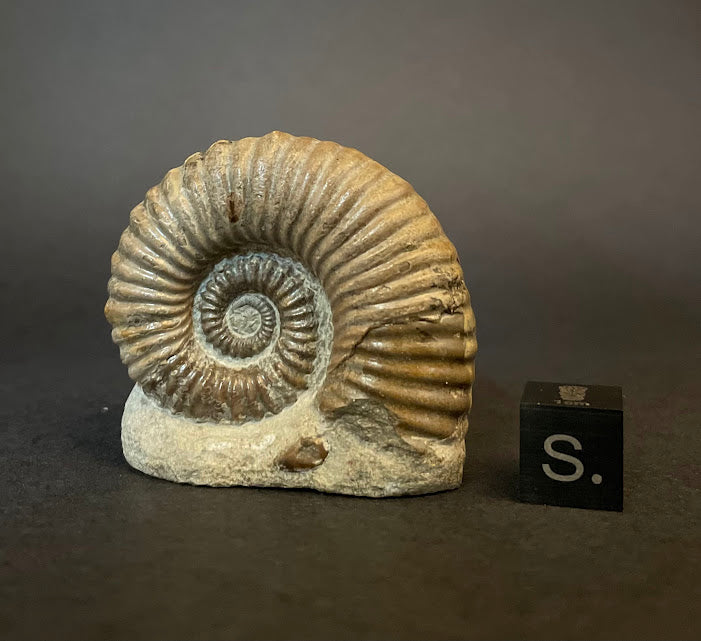Ammonite Fossils
Ammonite fossils are a window into an ancient world, a time capsule from the depths of prehistoric seas. These spiral-shaped treasures are not only a marvel for paleontologists but also for anyone fascinated by the natural history of our planet.
A Journey Through Time Ammonites were marine mollusks that thrived in the oceans from the Devonian period (about 400 million years ago) until their extinction at the end of the Cretaceous period (66 million years ago)1. Their closest living relatives are the nautiloids, like the modern-day nautilus, but they are more closely related to coleoids, which include octopuses and cuttlefish.
View and Purchase Our Range of Ammonite Fossils Here
The Spiral Shell The most distinctive feature of an ammonite is its coiled shell, which served multiple functions. It provided protection, buoyancy, and, in some species, may have even influenced their movement through the water. The shell was divided into chambers, with the animal living in the largest, outermost chamber. As the ammonite grew, it added new chambers to the opening of the shell.
The process of fossilization is a rare occurrence, requiring specific conditions to preserve the delicate structures of these creatures. When an ammonite died, it sank to the seafloor. Over time, sediment covered the shell, and minerals percolated into the cavities, crystallizing and preserving the shape of the shell. This process could take thousands to millions of years, resulting in the beautiful fossils we find today.
View and Purchase Our Range of Ammonite Fossils Here
Stratigraphic Significance Ammonites are known as index fossils, which means they are used by geologists to date the rock layers in which they are found. This is possible because ammonites evolved rapidly, and each species existed for a relatively short geological time span.
Today, ammonite fossils can be found all over the world, from the cliffs of Lyme Regis in the UK to the remote regions of Madagascar. They are highly sought after by collectors for their beauty and the story they tell of Earth’s history.
Ammonite fossils are more than just stones; they are the remnants of once-living creatures that swam in the ancient oceans of Earth. They remind us of the transitory nature of life and the incredible changes our planet has undergone through the ages. As we hold an ammonite fossil, we are literally holding a piece of Earth’s history in our hands.
Ammonite fossils are a testament to the incredible diversity and adaptability of life on Earth. They offer us a glimpse into a world long gone and remind us of the ever-changing nature of our planet. Whether you’re a scientist, a collector, or simply someone who appreciates the beauty of the natural world, ammonites are sure to captivate and inspire.
View and Purchase Our Range of Ammonite Fossils Here
References:

